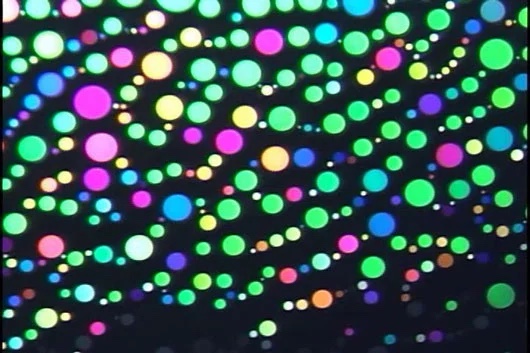A University of Colorado Boulder led experiment arrived at the International Space Station enabling scientists to study the fluid dynamics of liquid crystals that may lead to benefits both on Earth and in space.
The experiment is called the Observation and Analysis of Smectic Islands in Space (OASIS) and will examine the behavior of liquid crystals in microgravity, said CU-Boulder physics Professor Noel Clark, principal investigator on the experiment. Specifically, the research team is observing the overall motion and merging of microscopic layers that form “smectic islands” on the surface of bubbles. The investigation may shine light on how microgravity affects the properties of liquid crystals.
Liquid crystals are used in many common items that we use everyday, such as the screens in televisions and laptops, cellphones and a variety of other electronics with flat panel displays.
In a press release, Clark stated, “OASIS is the first study of smectic liquid crystal materials in microgravity, and may well be the first study of any liquid crystal material in microgravity.” The OASIS experiment will take place in the Microgravity Science Glovebox onboard ISS, which enables a wide range of experiments in a fully sealed and controlled environment.
Clark heads the Soft Materials Research Center (SMRC) headquartered on campus, one of 12 Materials Research and Science Engineering Centers selected by the National Science Foundation for renewed funding in February 2015. The CU-Boulder center will be supported by a $12 million NSF grant over six years.
While OASIS is focused on basic physical phenomena, the findings may have a long-term impact on technology and human health. The connection between that technology and humans are that most living things either are or once were in a liquid crystal state, and all biological liquid crystals are formed by aggregates of molecules in a solvent, like water, explained Clark. With perhaps the most important example of a biological liquid crystal being the cell membrane.
“Since many of the processes critical for the life of the cell take place in the plasma membrane or in the membranes of organelles, the physics of transport, diffusion and aggregation of particles in thin, fluid membranes is of fundamental interest, with clear relevance to the life sciences,” Clark said.
The OASIS mission is the culmination of almost 20 years of ground-based research in the liquid crystal laboratories of the CU-Boulder Department of Physics. Physics research faculty Joe Maclennan and Matthew Glaser are co-principal investigators on OASIS and senior scientist Cheol Park is the project manager.
Since the inception of the smectic bubble project, four graduate students — Darren Link, Apichart Pattaporkratana, Duong Nguyen and Zhiyuan Qi — and seven undergraduates who are enrolled in the physics honors program — Markus Atkinson, Aaron Goldfain, Kate Wachs, Kyle Meienberg, Kyle Ferguson and Kaitlin Parsons — have been involved in research related to OASIS.
Recent years also have seen the inclusion of experimental collaborators from the Otto Guericke University in Germany who will investigate the dynamics and self-organization of fluid droplets ink-jetted onto the bubbles in microgravity, and theorists from the Russian Academy of Sciences in Moscow.















